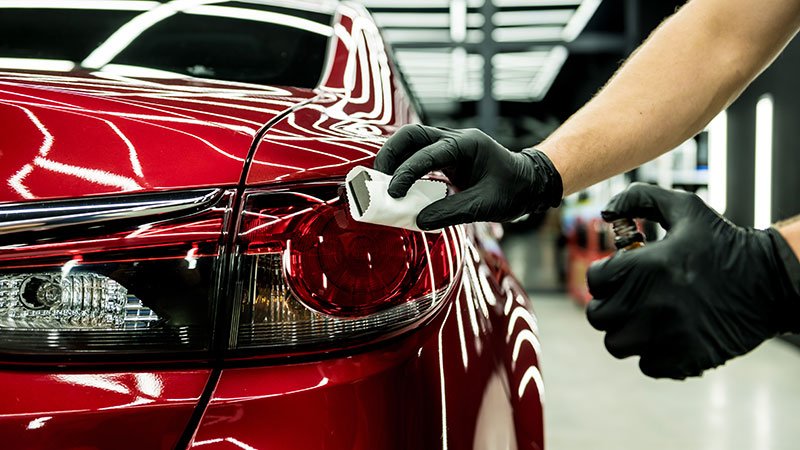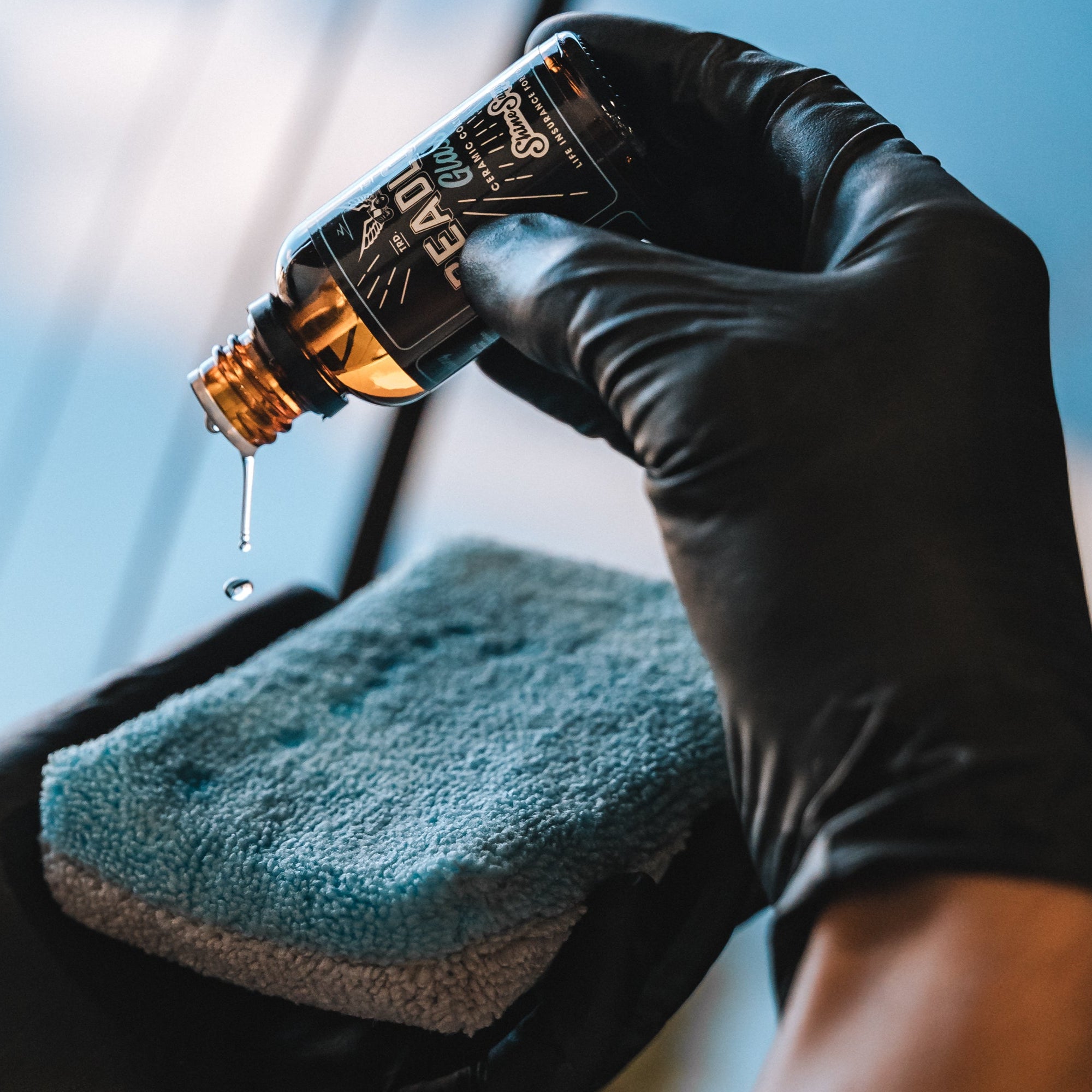A Comprehensive Overview to the Kinds Of Ceramic Finish on the marketplace
Ceramic coatings have arised as a critical remedy throughout different markets due to their unique buildings and applications. As we discover the distinctive features and applications of these finishes, the effects for performance and longevity come to be progressively obvious, increasing concerns about which kind might ideal suit your needs.
Recognizing Ceramic Coatings
Ceramic finishings are innovative protective solutions that have actually obtained popularity in different sectors, particularly in vehicle and aerospace applications. These coverings include a liquid polymer that, when cured, creates a resilient, hydrophobic layer on the surface of the substrate. This layer gives enhanced resistance to environmental contaminants, UV radiation, and chemical direct exposure, thus expanding the life and visual appeal of the underlying product.
The basic component of ceramic coverings is silica, which adds to their firmness and durability. The application process commonly entails surface prep work, application of the finish, and healing, which can be attained through heat or UV light. When treated, ceramic coverings exhibit phenomenal bonding properties, allowing them to adhere strongly to a selection of surfaces, consisting of steels, plastics, and glass.
In enhancement to their safety attributes, ceramic finishings likewise provide simplicity of upkeep. Their hydrophobic nature reduces the adherence of dirt and crud, making cleansing simpler and less frequent. In general, the fostering of ceramic finishes stands for a considerable improvement in surface defense modern technology, offering both useful and visual advantages across several markets.
Kinds Of Ceramic Coatings
Numerous sorts of ceramic coatings are offered, each created to satisfy details performance requirements and applications - ceramic coating sarasota. The most typical types include:
Silica-based Coatings: These coverings mostly are composed of silicon dioxide and are known for their sturdiness and chemical resistance. They are commonly made use of in auto and industrial applications.
Titanium Dioxide Coatings: Popular for their photocatalytic residential properties, titanium dioxide coverings are often applied in environments where self-cleaning and antifungal homes are desirable, such as in building products and vehicle surfaces.
Zirconia Coatings: Characterized by their high-temperature stability and thermal resistance, zirconia coverings are utilized in applications such as generator engines and high-performance automobile components.
Alumina Coatings: Exhibiting outstanding solidity and thermal stability, alumina coverings are regularly made use of in wear-resistant applications, consisting of cutting tools and industrial machinery. - Paint Protection Film
Crossbreed Coatings: Combining the properties of different products, hybrid finishings use boosted efficiency qualities, making them ideal for distinct and demanding applications.
Each type of ceramic finish offers unique functions, allowing users to select the most appropriate service based upon particular ecological conditions and performance demands.
Advantages of Ceramic Coatings
Ceramic finishes, in particular, offer countless advantages that make them significantly preferred among producers and customers alike. These finishings are resistant to scratches, chemicals, and UV rays, guaranteeing that the underlying surface area continues to be secured over time.
In enhancement to durability, ceramic coverings give excellent hydrophobic over at this website buildings, allowing for very easy cleaning and upkeep. This water-repellent nature lessens the adherence of dust, crud, and various other contaminants, which can extend the aesthetic charm and performance of the surface. In addition, ceramic coatings can substantially boost thermal resistance, making them perfect for applications that endure heats.

Application Refine
When applying ceramic finishes, a thorough approach is important to attain optimal results. The application procedure generally starts with comprehensive surface area prep work. This entails cleaning, decontaminating, and polishing the surface area to eliminate all contaminations, including dirt, oil, and prior waxes or sealers. A clean surface area guarantees correct adhesion of the coating.
Once the surface area is prepped, the next action is to use the ceramic covering. This can be done making use of an applicator pad or a microfiber fabric, making sure also coverage. It is important to operate in little sections to preserve control and protect against early curing. The finish ought to be applied in thin layers, as thicker applications can result in irregular finishes.
After application, the finishing calls for a particular treating time, usually ranging from a few hours to a full day, depending on the product. Following these steps vigilantly will optimize the efficiency and durability of the ceramic layer, supplying a resilient safety layer for the surface area.
Upkeep and Durability
To make sure the longevity and effectiveness of a ceramic coating, routine maintenance is crucial. Ceramic coverings, understood for their durability and protective qualities, call for web particular treatment routines to optimize their life-span and efficiency. The initial action in upkeep involves regular cleaning with pH-neutral soap, avoiding harsh chemicals that can weaken the finish. It is advisable to clean the lorry on a regular basis, ideally every 2 weeks, to stop the buildup of pollutants that could endanger the finish's stability.
In enhancement to normal cleaning, routine examinations are important. Look for indications of wear or damages, such as hydrophobic properties reducing or surface area imperfections. If essential, a light polish might pop over to this site be put on invigorate the coating without removing it away.
Furthermore, the application of a booster spray can boost the coating's hydrophobic results and recover its gloss. This is especially advantageous for coatings that have been in usage for an extended duration. Ultimately, by sticking to these maintenance techniques, one can substantially prolong the life of a ceramic finish, making sure that it remains to supply ideal protection against environmental elements and keep the visual charm of the automobile.
Conclusion
